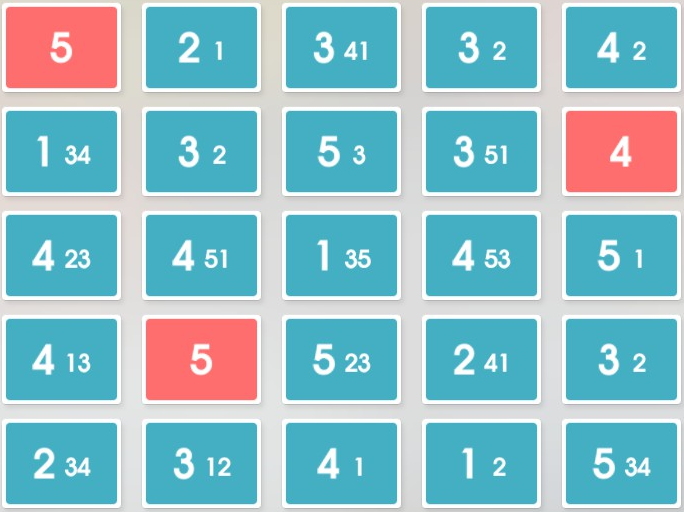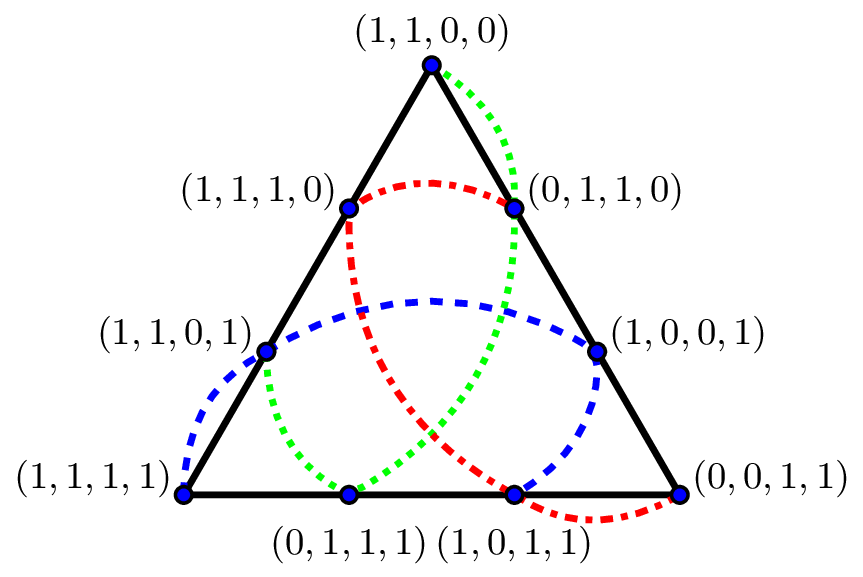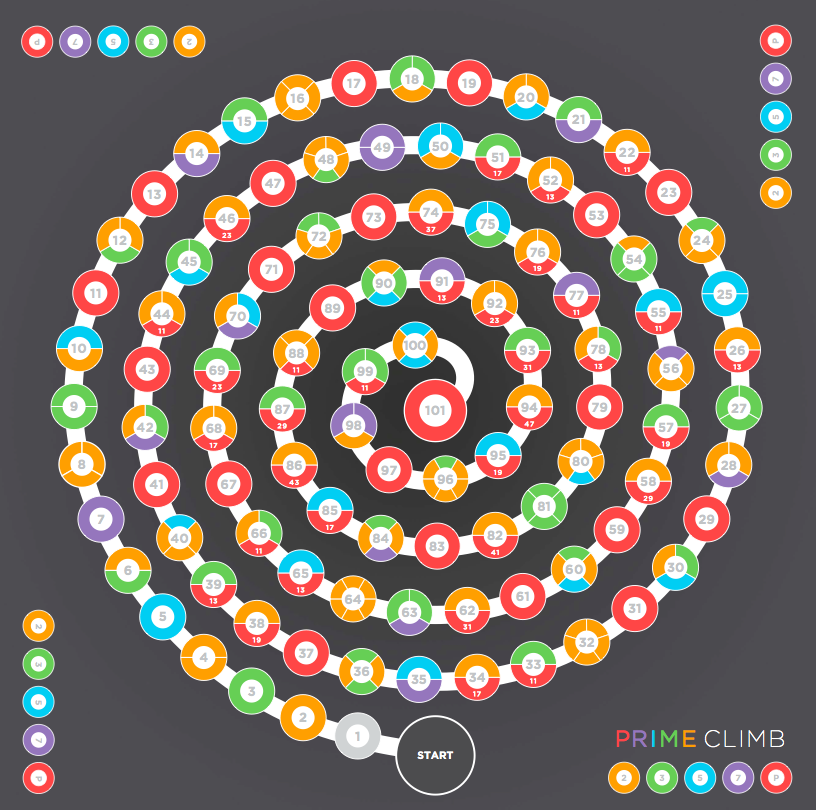Research Interests
group theory, symmetric groups, graph labelings, magic configurations, Markov processes, Latin squares, machine learning, neural networks, artificial intelligence, representation theory, category theory, recreational mathematics, games, puzzles
My dissertation was on the Representation Theory of Hecke Algebras (which are closely related to Symmetric Groups). While I'm still interested in symmetric groups and representation theory, I've moved in a little bit more of a recreational direction more recently. I find projects in this area to be not only fascinating to think about (often requiring wide ranging mathematical concepts and tools), but they are also an excellent way to involve students in undergraduate research. A few of the articles below started as senior research projects that I advised. Afterwards, the student and I worked together to expand upon their earlier work.
In addition, I find that projects that involve puzzles or games are the best for explaining my research to non-mathematicians as well. While a mathematical layman probably won't understand the technical details of the proof, it is often very reasonable for them to understand the initial question(s) asked and the overarching answers. I must admit, it is quite satisfying to be able to demonstrate examples of real-world questions that mathematics can answer!


